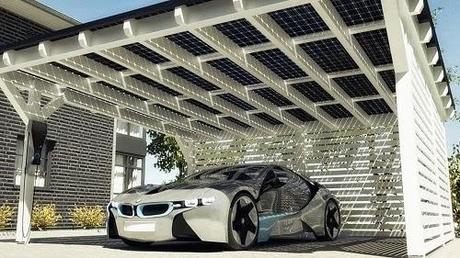 An electric vehicle (EV) is a vehicle that is powered by electricity and contains a battery to store energy. Electric vehicles use one or more electric motors or traction motors for propulsion.
An electric vehicle (EV) is a vehicle that is powered by electricity and contains a battery to store energy. Electric vehicles use one or more electric motors or traction motors for propulsion. Some electric vehicles are directly powered by an external power source, and others by an on-board electrical generator--such as an internal combustion engine (a hybrid electric vehicle) or a hydrogen fuel cell.
In detail, electric vehicles rely on one of three types of technology:
- Conventional hybrid technology (HEV), in which the vehicle’s transmission is controlled by both a gasoline engine and fuel tank, and an electric motor and battery. All of the vehicle’s power comes from the gasoline.
- Plug-in hybrid technology (PHEV), which relies primarily on a battery and electric drive train but is also supported by an internal combustion engine that recharges the battery when the power is low.
- Battery electric technology (BEV), which operates entirely on a battery and electric drive train and requires regular charging from an external power source.
The electrical grid right provides most of the energy to charge a vehicle but can we use solar? One of the fastest growing trends in the PV market is the use of carports as a means to support a PV system which produces energy to charge the cars parked within. An ideal location to build solar carports is anywhere that there is a parking lot and limited shading from trees and tall buildings.
The solar carport provides shade, which not only protects the vehicles from the harsh effects of the sun but minimizes radiant heat transfer. Solar carports are an excellent solution for large parking lots at universities and business properties etc.
